
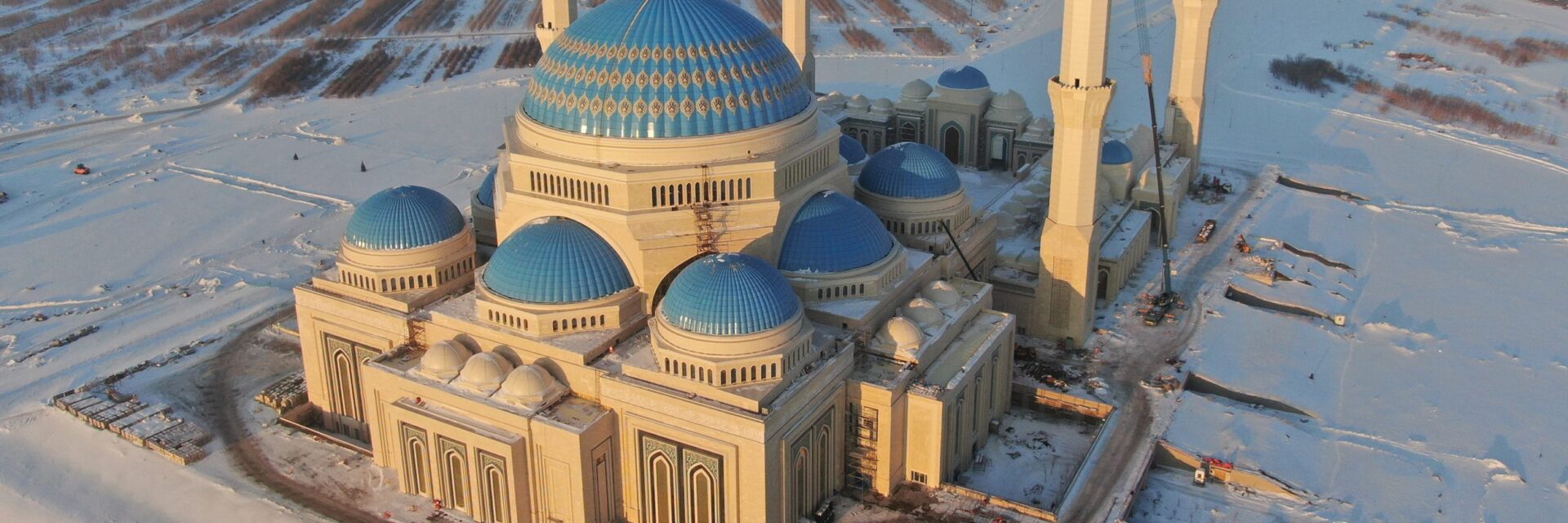
Every project involves balancing cost, schedule, and quality constraints with an owner’s vision, but for Uluc Gucar, a cost control expert on the Astana-20 State Fund’s Nur-Sultan Grand Mosque project, the scale is massive. Located in Kazakhstan’s capital city of Nur-Sultan, the Grand Mosque will be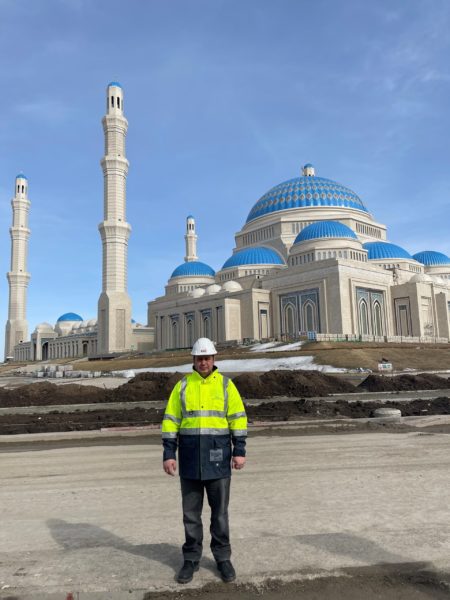 central Asia’s largest mosque when completed. In addition to its sheer size, the Mosque is adorned with a variety of handmade ornamentation inspired by traditional Islamic and Kazakh designs.
central Asia’s largest mosque when completed. In addition to its sheer size, the Mosque is adorned with a variety of handmade ornamentation inspired by traditional Islamic and Kazakh designs.
As a part of Hill International’s project management (PM) team, Uluc works alongside the design-build contractor Sembol Construction, their design subconsultant Dewan Architects, and a host of various subcontractors to deliver the State Fund’s ambitious megaproject. As cost control expert, Uluc is responsible for balancing costs with the owner’s other goals for the project, namely: creating a mosque of international renown and an iconic structure for the nation of Kazakhstan and the city of Nur-Sultan. Uluc has been responsible for creating cost studies and financial models, monitoring expenses, tracking payments, and reporting to keep the client abreast of all project costs.
PM support is especially important because the incorporation of art into the built environment generates certain risk. That is, it can be extremely difficult to represent the benefits of artistic features in a project’s financial model. “Artistic features generate value, but there is no way of exactly forecasting the benefits generated by those features,” Uluc says. “Owners may be apprehensive about that uncertainty. As a PM professional, you can work with owners to explore their vision, estimate benefits by using data from comparable projects, and limit their risk.” The PM team’s services, particularly design management, procurement, and cost control services, help reduce risk and give the State Fund greater confidence on such a large project with so many artistic features and unique costs.
Approaching the Mosque
The Astana-20 State Fund envisions the Grand Mosque as an exceptional religious experience for worshippers and an icon for the nation and the city. In accordance with that vision, the 60,000 SM Mosque is being built in a conspicuous place on one of the two main orthogonal axes of the city, to the south of Nur-Sultan’s city center. Those in the city will never be far from a view of the Mosque. In addition, like all mosques, the Grand Mosque’s Mihrab and Qibla walls are oriented towards Mecca. Since Mecca lies almost exactly to the southwest of the city, viewers from Nur-Sultan will generally see the Mosque on an angle, granting a better sense of its grandeur and scale.
Most noticeable from a distance are the Mosque’s four minarets and central dome. The minarets stand at 130 meters in height and surround the Mosque’s Sahan, or courtyard. A massive blue dome, 63 meters in diameter and 83 meters in height, covers the Mosque’s main prayer hall. The height of the minarets to the height of the dome approaches the golden ratio, lending a sense of proportion to the whole structure. In addition, 72 smaller blue and white domes bedeck the top of the mosque and the minarets. Golden spires atop the domes shine in the distance. The Mosque’s blue, gold, and white color scheme calls Kazakhstan’s flag to mind.
The Mosque’s size becomes even more impressive as worshipers are drawn in by tree-lined landscaping planted over nearly 25 acres. Panels covering the Mosque’s blue domes give them a fluted appearance, adding texture, contrasting with the white domes, and helping to break up the sky’s sea of blue. Encircling some of the larger domes is traditional Arabic calligraphy. Around the largest dome, a 197.8 meter calligraphic scroll, designed by hand, will set a new world record for the longest calligraphic manuscript in the world. Approaching the front entrance, the Mosque’s bilateral symmetry becomes apparent, strengthened by the mirroring effect of reflection pools that sit in front of the building. A uniform procession of arched windows and doors encircles the Mosque. Repeated geometric and vegetal patterns in masonry, glass, and mosaic abound.
Structurally, all of these features are designed to withstand the extreme climate conditions in Kazakhstan. Nur-Sultan has warm summers and long, cold winters. Cold temperatures are exacerbated by high winds year-round. In fact, the city is the second-coldest national capital in the world. To help deal with the weather, the Mosque’s 6,300 SM Sahan has heated floors to provide for visitor comfort.
Moving Inside
The Grand Mosque is large enough to comfortably welcome more than 30,000 worshipers at a time. Once inside, visitors will enjoy an expansive prayer space, several auxiliary locations, and a seamless continuation of the artistic features on the Mosque’s exterior. The Mosque includes two stories and a basement. In addition to places of worship, the facility includes conference and wedding halls, classrooms, offices, a library, a morgue area for funerals, belowground parking, and a TV studio.
After stepping through a massive, hand-carved wooden door, a visitor will enter the Sahan, decorated with a floor design drawn from the Quran. Many of the Mosque’s ancillary spaces surround the Sahan and can be reached through doors along the Revak, or portico. The Revak is decorated with handmade ceramic tiles with national Kazakh emblems and ornamentation.
Inside, the bright color scheme of blue, gold, and white keeps the Mosque’s interior bright. Natural light pours in from the procession of stained-glass windows with floral and geometric motifs surrounding the mosque and the domes above. This natural light serves to illuminate the engravings, carvings, embroidery, calligraphy, latticework, tile art, glasswork, chandelier lighting, and carpeting on display throughout the Mosque.
To help diffuse the natural light, the 18,175 SM prayer hall contains several large chandeliers made up of millions of multi-colored crystals. These capture and diffuse natural light during the day to make the huge hall sparkle. The five chandeliers contain more than 3 million crystals altogether. The largest has nearly 1.5 million crystals on its own.
Above the largest chandelier is the main dome. It is composed of glass-fiber-reinforced gypsum panels supported by hidden steel ribs. Astral motifs and a darkening blue gradient conjure an image of the heavens. Traditional Kazakh vegetal patterns and Arabic calligraphy are also hand painted on the main dome and many of the other domes in the Mosque. Like the colors of the mosque, which mirror Kazakhstan’s flag, the Kazak motifs help root the Mosque in the history of the nation and express the client’s ambition to create a structure that holds a central role in Kazakhstan’s future.
Beneath the chandeliers and the domes, light bounces from lustrous tiled columns. On the Qibla wall, the wall oriented towards Mecca, is the largest mosaic wall found in any mosque. At 100 meters long, 22.4 meters high, and with 25 million glass mosaic pieces, individually cut and placed by hand, the wall provides an epic and sparkling focal point for worshipers at the Mosque. In addition to the mosaic, the 99 names of Allah are displayed along the wall in elaborate calligraphy.
A hand-made medallion carpet provides a comfortable place to worship. In colors matching the building’s palette, the carpet consists of wool woven into intricate vegetal and geometric patterns. Another world-record feature, at 70 meters in diameter, the Mosque’s medallion carpet is the largest in the world.
Outside of the main hall, slightly different color schemes and architectural flourishes help differentiate among the Mosque’s diverse spaces. In the banquet halls, for example, a golden pattern predominates, while in the elevator hall, there are Sicilian perlato marble walls. Despite these differences, large spaces, repetition of Islamic and Kazakh patterns, and symmetry create a sense of unity throughout the Mosque’s interior.
Finding Balance with Project Management Support
By conducting well-disciplined design management, using value engineering techniques, and carefully controlling costs throughout the project’s lifecycle, Uluc and the PM team helped realize the client’s artistic vision for the Mosque while keeping costs down. While PM cost control support can be valuable during all phases of a project, Uluc says it is during the initial phases where a PM can make the biggest difference in terms of a project’s artistic elements. “Prior to design, when the concepts are being developed, a PM can help refine an owner’s vision with financial feasibility studies and commercial viability analyses,” he explains. “These allow PMs to help balance the financial feasibility of certain artistic decisions an owner might want to make. During design, we can help by conducting meetings with the designer, reviewing designs, validating estimates, and making recommendations to keep the project in line with the owner’s vision. These are conducted in an iterative way and design objectives are adaptively optimized until they are crystallized in what we call the ‘Critical Design Review’ probably the most important milestone, from a cost control view.”
Despite concerns about risk and the challenge of his work, Uluc relishes the opportunity to support the State Fund as they integrate their artistic vision into the Grand Mosque. “This Mosque is for people—the people of Kazakhstan, worshipers, and visitors from all over the world,” he concludes. “Whenever a single artistic feature makes an impression on any one of the 30,000 people who can fit inside at any given time, we will have done something special. I’m very proud to have been a part of this project.”
Share

June 23, 2025 | Articles
Jeffrey Hurley Joins Hill’s Northern California Rail Practice
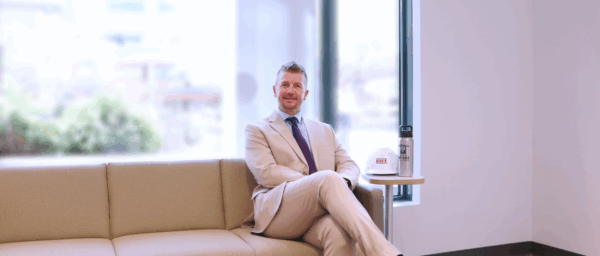
June 23, 2025 | Articles
Ready, Set, Grow: First VP Chad Koelling Takes Charge of Hill’s Mountain West Region
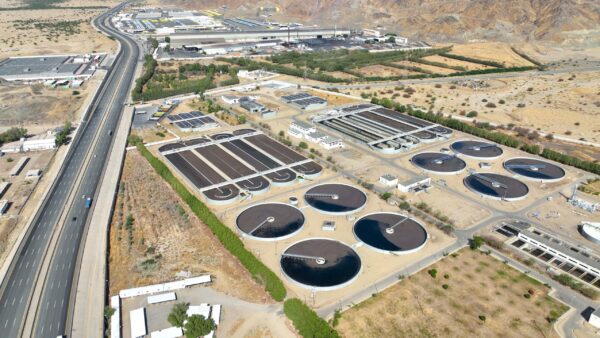
June 8, 2025 | Articles
PMO in Saudi Arabia: The Holistic Approach to Realizing a National Mega-Portfolio
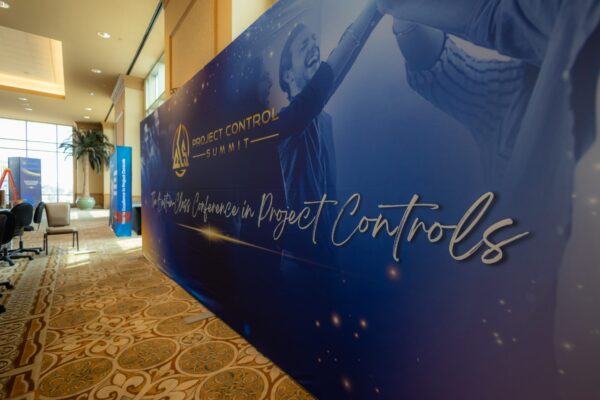
June 1, 2025 | Articles

May 26, 2025 | Articles

May 12, 2025 | Articles
Keeping Your Water/Wastewater Programs Flowing with Public Relations

April 27, 2025 | Articles
Oiling the Machine: Steps to Successful Permitting on Infrastructure Megaprojects

April 20, 2025 | Articles
Sustainable Scaling: Solutions for Managing Risk on Europe’s Data Center Projects